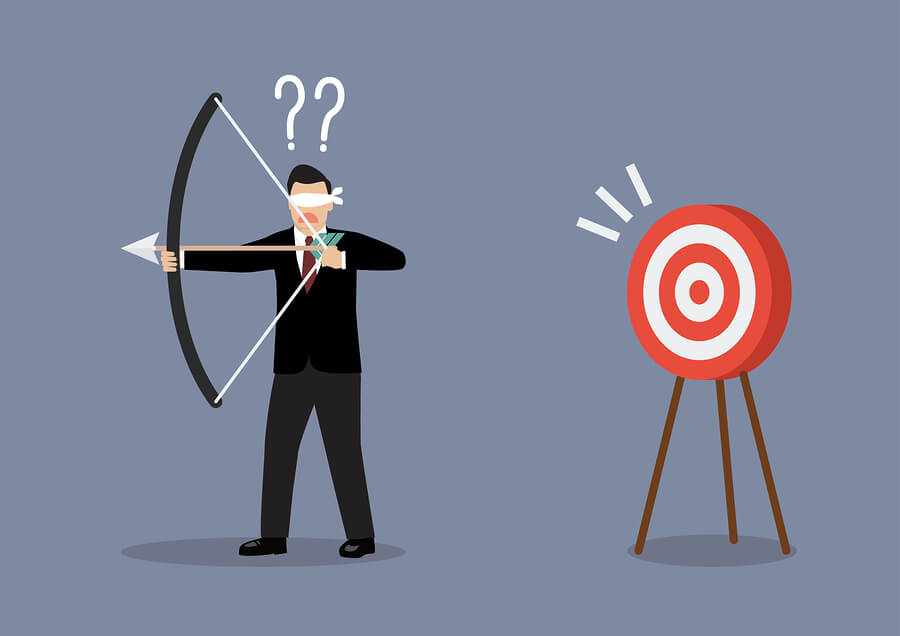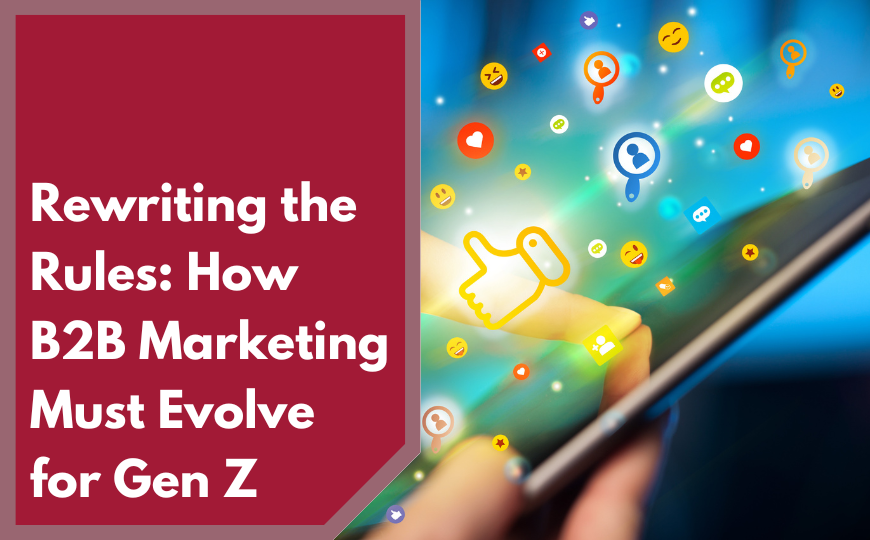The purpose of branding is to build connections with prospective and current customers. They want to understand the who and the what behind the company they do business with. Although they’re making a financial investment into a company, the brand allows them to make an emotional investment, and this drives long-term loyalty.
One would think that C-levels and their marketing teams would have the type of branding that develops loyalty in mind when sending out their marketing and ads to the masses, but there’s been a bevy of examples in the last year that prove otherwise. Below are examples of some of the most forehead-slapping, head-scratching, bewildering, “Why did they do that?!?”, and “Who approved that?!?” branding content of the last year.
But in order to protect the not-so innocent, names of companies won’t be mentioned. What will be mentioned are some of the examples, along with reasons why deep contemplation should be paid among any marketing team and/or C-level who signs off on these behaviors.
Switching up brand names for no apparently good reason
Marketers are always thinking of ways to stay at the top of the minds of consumers. As such, innovation is crucial. But here’s the issue: While it’s important to innovate in order to keep up with social trends and cultural habits of the day, innovation also needs to make sense.
Too many marketers make the mistake of forcing their so-called innovative ideas upon the masses, whether they asked for change or not. That’s what happened with one particular international brand.
Their consumer base was already familiar and comfortable with the name of the company’s program, when someone decided to give the name an upgrade. No one complained about the old name. Not only did consumers experience feeling miffed about the new (unwanted) name, but they also experienced confusion. This was not the reaction that the C-levels were hoping for. What’s more, consumers are humans, and most humans detest enduring patronizing decisions.
Brand: Marriot
Campaign: Bonvoy
Failure to launch … literally
A famous e-commerce company experienced the opposite type of brand marketing they were hoping for when a new feature they were rolling out failed to work. The system was riddled with all sorts of bugs and glitches. Sales became lost in the ether. Quantities of products were reported incorrectly. And needless to say, customers were miffed.
At least the e-commerce company did the right thing: They immediately acknowledged their mistakes, and they offered generous refunds and store credits. While this is the proper way to fix embarrassing roll-out mistakes, millions of dollars of revenue evaporated, and the company lost face before the entire world. Again, this is the opposite of what brand marketing is supposed to accomplish!
Brand: Rent the Runway
Campaign: New software system
Ads that attempt to rewrite shameful historical eras
Being the bad guy. Very few people enjoy being the bad guy, but sometimes, humans do horrible things. And when this takes place (and if it’s instituted by law), then shame-filled historical eras take place.
Hard as it might be, it’s important for people to reflect upon historically shameful eras as a teaching tool to prevent those eras from happening again. However, the pain and the shame of the teaching tool doesn’t mean that others can come along and appoint themselves as vigilantes who appoint themselves to kill off or change the narrative of the teaching tool.
That’s what one otherwise feel-good company tried to do. They took a very shameful era in American history and attempted (through a series of ads) to rewrite the narrative of that era, watering down the teaching tool into something that was historically incorrect, and honestly, somewhat detestable.
Even if the company’s intentions were well-meaning, there were too many apparent reasons why their blunder should have never left the pile of balled up papers, scribbled with horrible ideas.
Brand: Ancestry.com
Campaign: “Inseparable”
Now featuring … cultural misappropriation!
Speaking of shame and the lack of cultural sensitivity, there was the infamous incident involving the international reality star who decided to meld her name with cultural appropriation in a manner that had infuriated the insulted culture.
Even worse (and speaking of being careful about one’s brand), the reality star in question (along with her family) has developed quite the reputation for insulting others through cultural misappropriation.
The reality star has voluntarily rolled back her launch to change the offending name but offending an entire nation (and its ethnic descendants) is not the way to endear one’s new product to the masses.
Brand: Kim Kardashian West
Campaign: Kimono Lingerie Launch
When the force of shaming is not with you
When an e-commerce wedding site created marketing media (with an ad agency), the results were beautiful. The ad was also very timely for today’s cultural tastes. Too bad that a values-based advocacy group didn’t agree.
The advocacy group protested and applied pressure on a national cable network, demanding that they (the cable network) pull the ad that offended their values. The advocacy group thought that this would be the end of things … until a larger force of consumer advocacy and anger turned the tides. The ad that offended the values-based group was restored, and it ran nationwide, as it should have.
The great thing about the U.S. is the country’s diversity of values, along with freedom of speech in content. This includes advertising content, and while some marketing spots can go a bit too far, there’s no law that forbids a spot the celebrates the freedom of individual civil rights, even if those civil rights offend a grassroots organization.
Brand: Hallmark Channel
Campaign: Holiday Wedding Season 2019 (Zola.com)
Would you really mock domestic violence?
Speaking of the odd occasion when marketing media goes too far, there was the social media company that allowed a marketing piece to be distributed on the company’s platform. Specifically, the piece featured wording that very blatantly mocked domestic violence, even making a game out of punching and slapping specifically named targets.
Fortunately, the social media platform’s CEO quickly apologized and removed the disgusting media. But one wonders … who was the ad agency that allowed this? Certainly not one of any real relevance or quality.
Brand: Snapchat
Campaign: Impossible Choices Ad
There’s an old marketing slogan: Friends don’t let friends drive drunk!
In the same vein, great agencies don’t allow their clients to embarrass themselves while offending their marketing targets! A great agency is comprised of a marketing team that’s full of empathy and decency. For marketing teams who wish to avoid such costly and humiliating blunders, such as the ones mentioned, then they should ensure that they consult with people who can speak to topics such as race, gender, and sexual identification.
Certainly, marketing teams should double-check with product manufactures to ensure that all kinks and bugs have been corrected, well before launching. And finally, marketing teams should be mindful of general good taste. Mocking serious issues that are traumatizing is unprofessional and despicable.
How AI Search Engines Are Reshaping Online Business
In January 2025, DeepSeek, an AI-powered search engine, surpassed 10 million downloads—a milestone that underscores the seismic shift happening in how people search for information online. DeepSeek’s rapid rise is just one example of how AI is transforming the digital...






